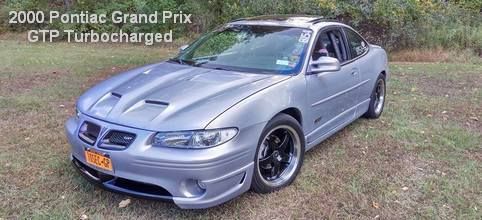|
|


Your best bet is to check over at the HPTuners site. Chris, Keith or Bill will tell you what the code shows. However as we already know, like why VE tuning works on some V6 cars and not on others, it may depend in the OSID as to the max value. Evidently there are over 500 OSID's for the V6 crowd.
In case it was missed, there is a table were you can essentially turn on or off the VE references. Even though we can't see it YETSome of the OSID's have this turned on and some don't...that table should be in the HPTuners next release.


I have a question about this statement.Now, on top of this, O2s will be different in a Texas summer versus a Canadian winter. Because of the much colder winter air, I can get away with running a much leaner (lower O2 readings) in the winter than the summer. Taking my car as an example (Supercharged (or turbocharged) cars with an aftermarket cam) I say that 920-935 O2s are good. In the winter, on the same car, I could easily go down to approximately 915-925 without any increase in KR. If you live in a hotter climate, you may need to add 10% to the O2 numbers that I suggest. These are approximate O2 numbers and nothing is set in concrete... your car, tune and KR numbers will ultimately dictate what A/F ratio your car runs best at.
Wouldn't you want to run a little leaner in the summer and richer in the winter as colder air is more dense than warm air.
Cold Air = More Oxygen which = more required fuel (richer)
Hot Air = Less Oxygen which = Less required fuel (leaner)


Thanks for doing this. This is great info and help.


Indeed it is. Also, for those doing the Wiki, I found the link to an open source tuner for the Subaru's if you are interested. I thought someone was looking for it and it took me a while to get it since the site was off line. But its back now and I literally just got the link yesterday.

I've already started a HPT version of this guide and when it is ready, I will release it. I wrote this guide several years ago and since then quite a lot has changed/expanded and what not. I received my HPT early this year, but work and life in general have kept me so busy, I hardly have time for a breath... but it is in the works, and it will be far better than this one, with info specific to the HPT.
Keep your eyes peeled later on this summer/fall for the new later, greater JerryH tuning guide.
In the meantime, if you guys feel like repeating work that I will be doing anyways, feel free to do so.

Just wanted to prove that the skeleton and a lot of the info is already in place. The rest is to come as soon as I have the chance.
Note the all new videos and occaissional tunes sections!


I just found this what a great ideaI have held off getting a turner because I have so little knowledge of what to change. Some ideas on what I would be looking for and what to change to get them right
TKS

Where can I get the OBDII to USB cable cheap?

This sucks
| « Previous Thread | Next Thread » |
| Tags for this Thread |